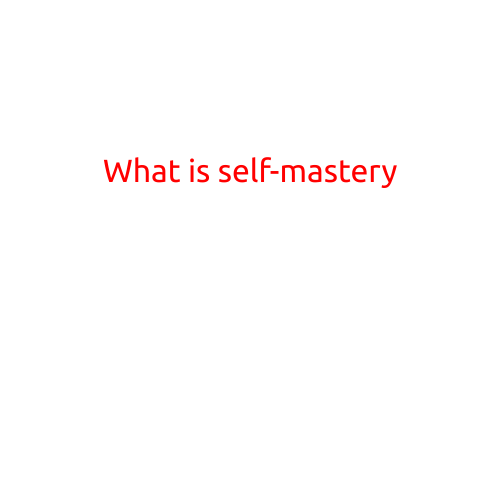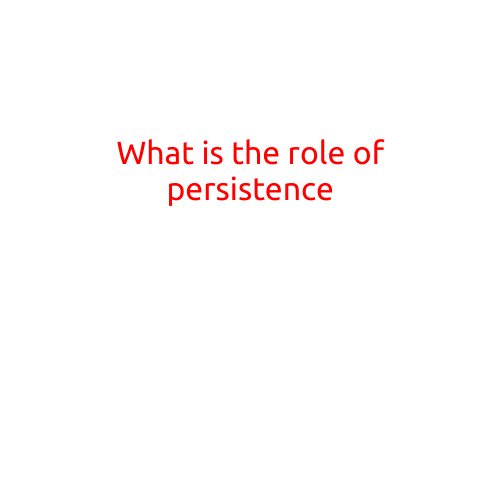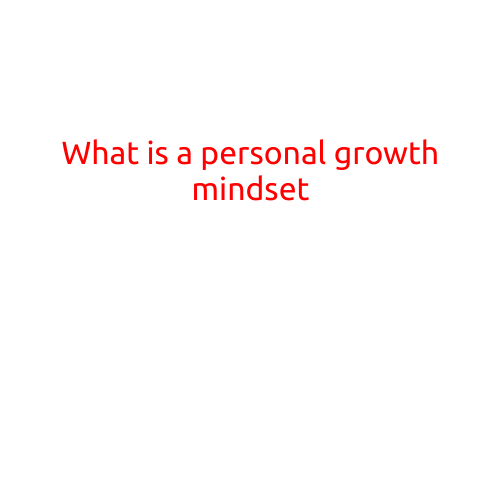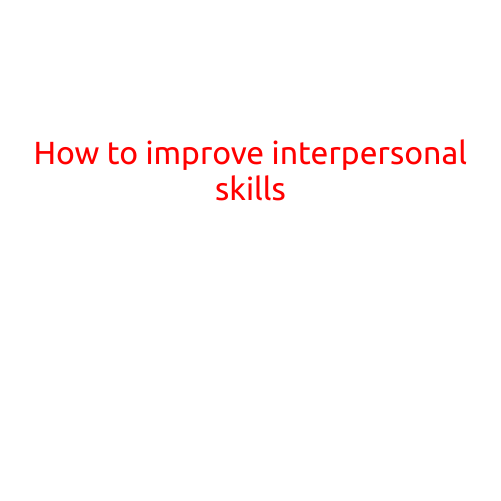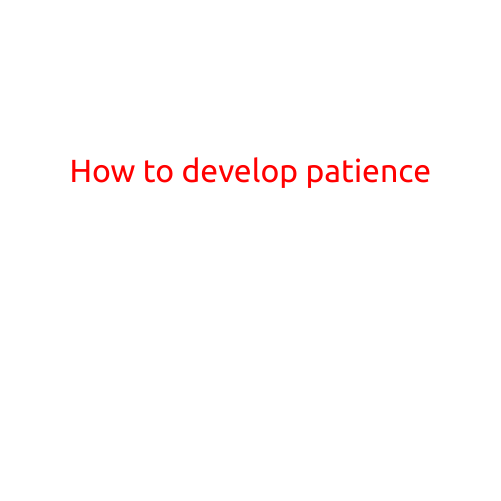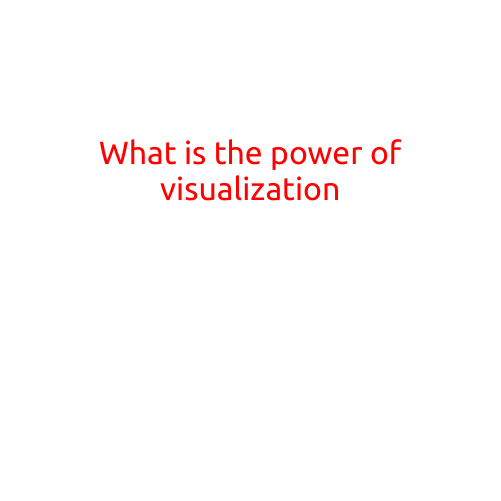
What is the Power of Visualization?
Visualization is a powerful technique that has been widely used in various fields, from psychology and sports to business and personal development. It involves using your imagination to create vivid mental images of a specific outcome, goal, or scenario. The power of visualization lies in its ability to shape our perceptions, emotions, and behaviors, ultimately influencing our success and well-being.
The Science Behind Visualization
Research has shown that visualization has a direct impact on our brain activity. When we visualize, our brain processes the information as if it were real, releasing the same neurochemicals as if we were experiencing the event in reality. This can lead to:
- Neuroplasticity: Visualization can strengthen or weaken neural connections in the brain, reorganizing our thought patterns and habits.
- Emotional Resonance: Visualization can evoke strong emotions, releasing dopamine, serotonin, and endorphins, which can improve our mood, motivation, and confidence.
- Memory Consolidation: Visualization can help solidify memories, making them more accessible and easier to recall.
Benefits of Visualization
- Improved Performance: Visualization has been used by athletes to enhance their performance, executing mental rehearsals of their performance, and entrepreneurs to visualize success, increasing their confidence and motivation.
- Stress Relief: Visualization can help reduce stress and anxiety by allowing us to rehearse and prepare for potential challenges, building resilience and confidence.
- Goal Achievement: Visualization can help us set and achieve goals by creating a clear mental image of success, fostering focus and persistence.
- Enhanced Creativity: Visualization can inspire creativity, allowing us to break free from limitations and explore new ideas and possibilities.
How to Use Visualization
- Set a clear intention: Identify what you want to achieve or experience.
- Create a vivid mental image: Use all your senses to bring the image to life, making it as vivid and realistic as possible.
- Make it immersive: Engage your emotions and sensations, feeling as if the experience is happening in the present moment.
- Practice regularly: Make visualization a regular part of your daily routine to see consistent results.
Real-Life Examples of the Power of Visualization
- Olympic athletes: Many athletes, such as Michael Jordan and LeBron James, have credited visualization for their success, using it to overcome obstacles and achieve their goals.
- Business Leaders: Entrepreneurs like Steve Jobs and Richard Branson have used visualization to drive innovation and success, picturing their projects and companies as success stories.
- Personal Development: Visualization has helped individuals overcome phobias, fears, and anxieties, allowing them to live more fulfilling lives.
Conclusion
The power of visualization is a powerful tool that can be applied in various aspects of life. By harnessing the brain’s incredible ability to process mental images, we can improve our performance, reduce stress, achieve our goals, and enhance our creativity. With practice and dedication, visualization can become a potent tool for personal and professional growth, helping us unlock our full potential and reach new heights of success.
